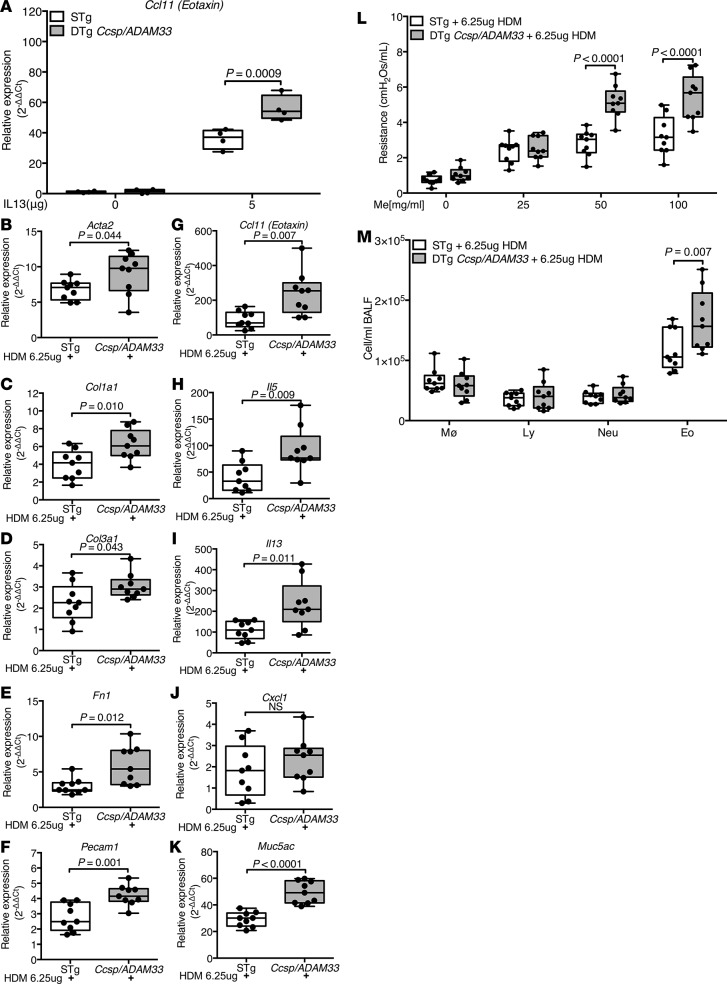Figure 7. Soluble ADAM33 (sADAM33) augments airway responses to allergens.
(A) Reverse-transcription quantitative PCR (RT-qPCR) for Ccl11 mRNA expression in lung lobe lysates 24 hours after intratracheal installation of 5.0 μg murine IL-13 in double-transgenic (DTg) Ccsp/ADAM33 (gray bars) and single-transgenic (STg) littermate control mice (white bars) after transgene induction for 4 weeks (n = 4/group; 2-way ANOVA, Tukey’s multiple comparison test). Results are from 1 experiment. (B–M) After transgene induction for 6 weeks, DTg Ccsp/ADAM33 or STg control mice were sensitized and challenged with house dust mite (HDM) extract (6.5 μg) for analysis of gene expression, bronchial hyperresponsiveness (BHR), and inflammation. (B–K) RT-qPCR for relative mRNA expression (compared with saline-challenged mice) in lung lobe lysates from DTg Ccsp/ADAM33 or STg control mice: (B) Acta2, (C) Col1a1, (D) Col3a1, (E) Fn1, (F) Pecam1, (G) Ccl11, (H) Il5, (I) Il13, (J) Cxcl1, and (K) Muc5ac (all n = 9 per group; unpaired Student’s t test or Mann Whitney test). (L) Airway resistance in response to increasing concentrations of methacholine (Me) and (M) differential inflammatory cell counts for macrophages (MØ), lymphocytes (Ly), neutrophils (Neu), and eosinophils (Eo) in bronchoalveolar lavage fluid (BALF) after HDM or saline challenge (n = 9 per group; 2-way ANOVA, Tukey’s multiple comparison test). Box plots show medians and 25th to 75th percentiles, and whiskers represent minimum and maximum values; all data points are shown. Results are from 3 independent experiments.

